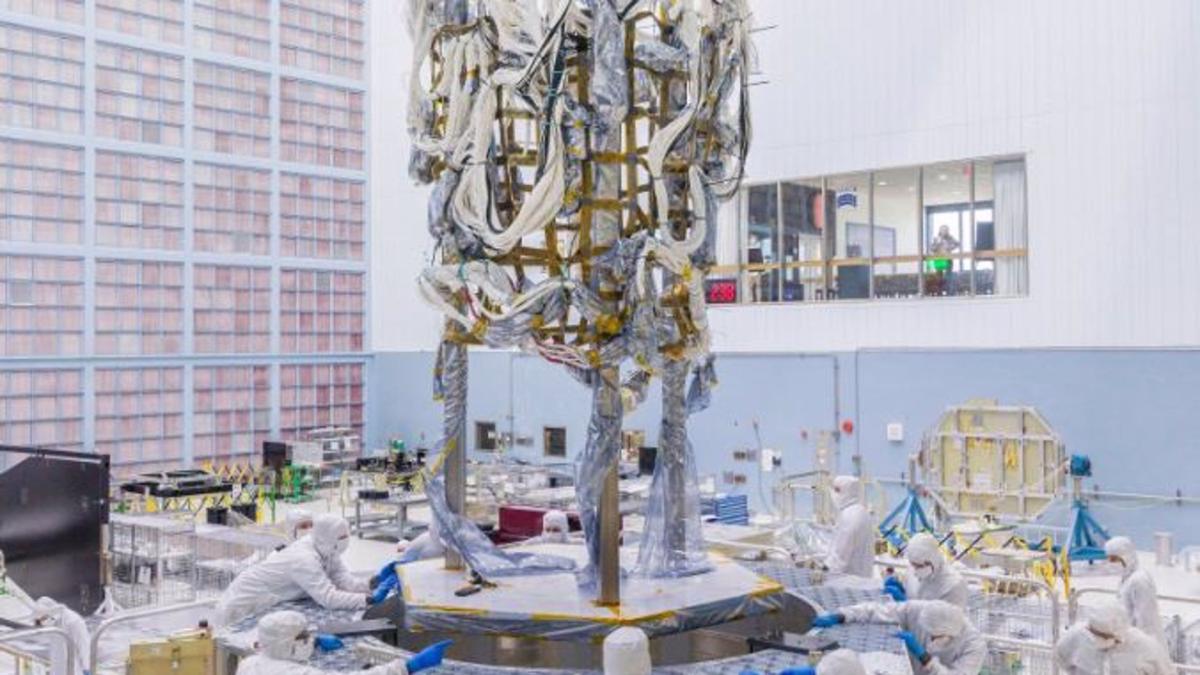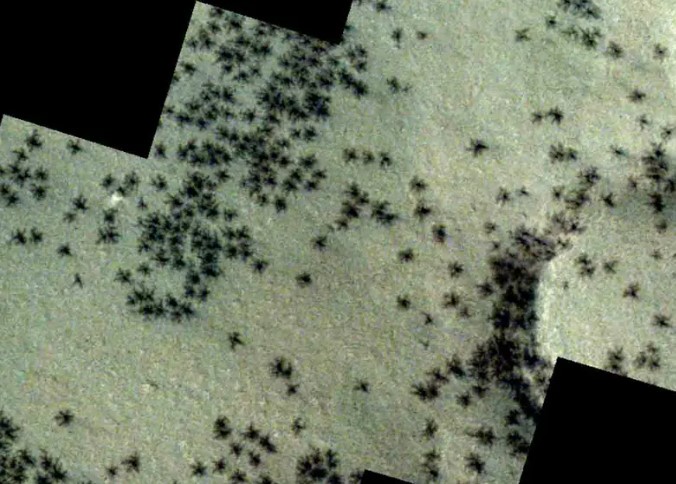The Pot Nancy Grace Roman has begun assembling and testing the space telescope’s electrical wiring, or harness, which allows different parts of the lab to communicate with each other.
In addition, the harness provides power and It enables the central computer to monitor the activity of the monitoring center through a series of sensors. It brings the mission one step closer to studying billions of cosmic objects and unraveling mysteries like dark energy when it launches in May 2027.
“Just as the nervous system carries signals throughout the human body, Roman’s harness connects its components, providing power and commands to every electronic box and instrument,” Deneen Ferro, Roman’s harness program development lead, said in a statement aboard the NASA Goddard space flight. Center. “No harness, no shuttle.”
Weighing around 450 kg, the harness is made up of approximately 32,000 wires and 900 connectors. If the cables are laid end to end, they will span 72 kilometers. Driven upwards, they reach eight times the height of Mount Everest.
to Prepare it over a period of about two years A team of 11 Goddard technicians spent time on benches and ladders, cutting wires to length, meticulously cleaning each component and reassembling everything over and over again.
The entire harness was built into a dummy observation system before being transported to Goddard’s Space Environment Simulator, a large thermal vacuum chamber used in this case for backpacking.
When observatories like Roman are sent into space, the resulting vacuum and orbital temperatures can cause some materials to release harmful vapors, which then condense into electronics, creating problems such as short circuits or deposits on sensitive optics, reducing the telescope’s performance. Backout releases these gases on Earth so they are not emitted into the spacecraft while in space.
Now, engineers will weave the harness through the aircraft system in Goddard’s large clean room. This process continues until most parts of the spacecraft are assembled. Meanwhile, Goddard’s team will soon begin installing the electronics boxes that will eventually power all of the spacecraft’s science instruments through the harness.
Expected to launch in 2027, ROMAN is a next-generation observatory that will look across vast expanses of space and time to study the infrared universe. Thanks to the mission’s enormous field of view and fast scan speed, astronomers will be able to observe thousands of planets, millions of galaxies, and billions of stars.
Astronomers believe that Roman reveals a significant number of rock worlds within and beyond the region where liquid water might exist. The mission’s observations will help shed light on two of the biggest cosmic mysteries: dark energy and dark matter.


:quality(85)/cloudfront-us-east-1.images.arcpublishing.com/infobae/MNC54VXNEZFZRNQPRR5NB7S774.jpg)

:quality(85)/cloudfront-us-east-1.images.arcpublishing.com/infobae/SMPW7M5BQFERBOQUPJXKCOKARY.jpg)
:quality(85)/cloudfront-us-east-1.images.arcpublishing.com/infobae/NP5NEZXMZFGNLBHNEQJHPJVMKM.jpg)